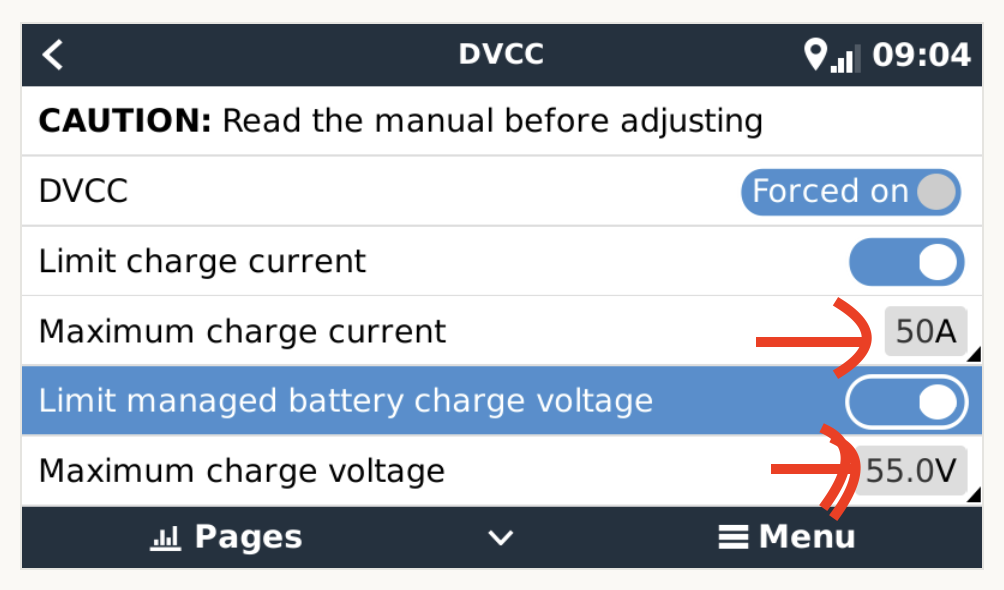With a controlling BMS selected, the internal charging logic of the Multis, Quattros and MPPTs is overridden. Since most BMSs always charge up to the maximum set voltage and do not know about Absorption or Flaot, this is not an optimal solution.
On the other hand, a controlling BMS takes into account that there are dynamic values such as CCL and DCL, which are not used by the internal charging logic of the Multis, Quattros and MPPTs.
From my point of view, the optimum solution would therefore be a combination of internal charging logic in conjunction with the dynamic values CCL and DCL from the BMS.
What do you think? Is it worth asking victron about integrating such a solution?

